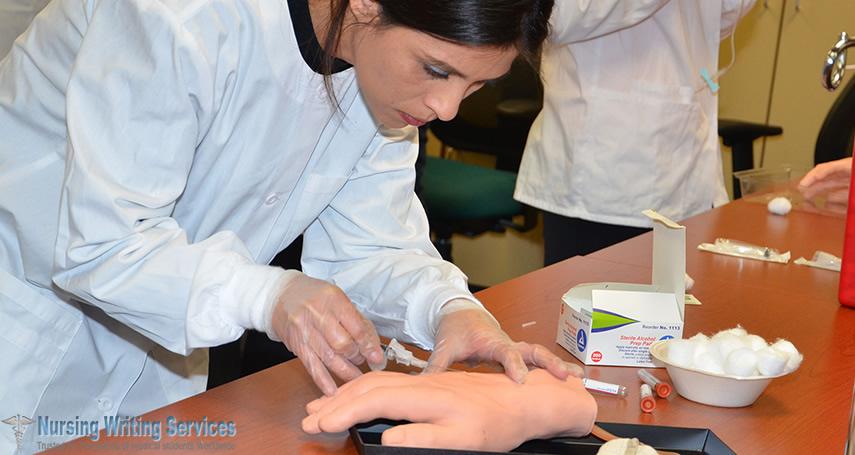
How to Become A Phlebotomist: What You Need to Know
A phlebotomist is a professional who draws blood from patients and sends it for lab testing. It is an entry-level medical career that many uses as a step towards other jobs in the field such as nursing assistant or registered nurses. They use it to gauge if it working with patients is something that makes them happy. A phlebotomist can operate at a laboratory, state hospital or private practice. Many fit into a phlebotomy technician role and feel that it is a satisfying career.
Steps to becoming a phlebotomist
If your interest is to become a phlebotomy technician, you must go through this process.
1.Get a high school diploma or equivalent
A high school diploma or an equivalent is an essential requirement for any intending to enroll for training in phlebotomy. It is critical to have outstanding grades in biology and chemistry as they are the most critical in training as well as daily job activities. Good grades in these subjects also provide a competitive edge during application to a school and a job.Schools offering phlebotomy requires students to be legal adults and have outstanding achievements in academia.
2. Enroll for a phlebotomy training program
Phlebotomy courses are short-term programs that take less than a year. Completion time in some schools only takes two weeks. The trainees learn basic skills to apply as a phlebotomist such as:
- Drawing blood in various ways, techniques, and equipment
- Basic lab safety, legal and patient interaction subjects
- Hands-on practice in labs and hospitals
Most credible phlebotomy training programs take 4-8 months (1-2 semesters).
3. Obtain a certificate and license
Certification after a phlebotomy training program is necessary even if it might not be a legal requirement to start practicing in some states. The reality on the field is that many employers still ask for certification before hiring phlebotomists. Advance certification also allows new trainees to broaden the range of activities they can perform on a daily basis and provide an opportunity to earn a higher salary. Phlebotomy certification can come from a variety of organizations, but there are some with more clout. For instance, these are the leading providers of certification in the United States.
- American Medical Technologists (AMT)
- National Health career Association (NHA)
- American Society for Clinical Pathology (ASCP)
Certification requires the applicants to take an exam comprising of a theory multiple choice and practical component. This exam has become a part of most training programs that students sit for during final stages of the course. Training and certification might take around 12 months, but most of the time it does not take more than ten months.
4. Getting employment
After completing the education, training and certification steps, it is time for a phlebotomist to take the crucial action of seeking employment. It will be unreasonable to train and get a license but fail to practice the skills. Phlebotomists should be active in job search from the beginning by offering to work at hospitals or labs. It helps to get the attention of potential employers. Rising demand for phlebotomy technicians is favoring new trainees as recruiters are likely to top approach them during training of certification.
It is essential to start making friends among the staff and HR from the first days of practice at a hospital because they will keep you informed about employment opportunities. Searching or a phlebotomy technician job should not be the last minute act because it is not an extremely engaging training.
Maintaining Phlebotomy Technician Certification
Phlebotomy might seem like it is a simple job, but continuing education and maintaining accreditation is a must. Requirements at different institutions might vary, but the usual practice is to earn a certain amount of continuing education credits (CEs) that you can get through taking short courses within two years.
It is essential to renew certification in a way that shows an awareness and knowledge to apply the latest developments in phlebotomy technology in everyday work.

